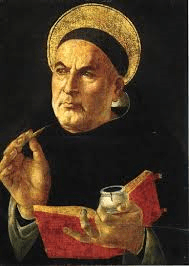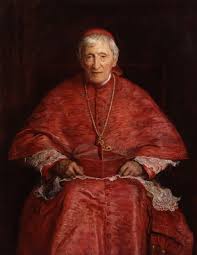As we endure continued lockdowns, masks and church closings, a new consensus has arisen—“we don’t need a building to be a Church. We don’t need a structure to be Catholic.” I say new, but in truth it is old, half a millennium old. It is simply the Protestant spirit rearing its ugly head once again. Protestants don’t need a building because they aren’t, at least properly speaking, a Church. Catholics on the other hand do need a building to be a Church and the fact that we don’t immediately recognize this truth shows how deeply infused the Church has become with this Protestant spirit.
All true religion requires the offering of a sacrifice to God. St. Thomas even goes so far as to say that sacrifice is a precept of the natural law. A true sacrifice begins with an inward act in which a man “should tender submission and honor…to that which is above man.” But because man’s person is both interior and exterior, spirit and matter, his mode of offering inward acts of sacrifice must also include an outward expression. “Hence it is a dictate of natural reason that man should use certain sensibles, by offering them to God in sign of the subjection and honor due to Him, like those who make certain offerings to their lord in recognition of his authority” (ST II-II, q.85, a.1).
This helps to explain the near universal phenomenon within ancient religions of every ritual act of worship including as a constitutive element sacrifice. It also explains why the religion of the Old Testament portrays a continual groping for the perfect sacrifice that only finds its fulfillment in Christ’s sacrifice on the Cross. Only in Him do we find a perfect fit between the interior and exterior acts; the perfect victim making the perfect sacrifice. The New Adam sets the sacrificial standard and becomes mankind’s representative. Through His representation, it remains for each man to re-present that sacrifice in order to make it his own.

Sacrifices must be offered from within a temple. A temple is the dwelling place of God and the place where God and man meet. The believer who is in a state of grace, that is one who has “put on Christ’ is one such meeting place enabling the man to offer a sacrifice to God. For the Protestant and our Catholic friend who has no need of a church building, this is sufficient. But for God, this is not yet sufficient. To be “a Church”, that is the People of God, they must also offer a sacrifice.
Making the People of God
What exactly makes the People of God a People? Unlike the Jewish People who were united by blood, the Church is truly catholic, uniting men and women of many different races. The Church then is a People because it is united by the Blood of Christ, the Blood poured out on Calvary and of which we partake in the Eucharist. As Saint Paul says, it is “The bread which we break, is it not a communion in the body of Christ? Because there is one bread, we who are many are one body, for we all partake of the one bread” (1 Cor 10:16-17). It is the “bread that we break” that creates the communion that is the Church.
The Eucharist is what makes the Church the Church. Without it, there would be no Church because there would be nothing that unites us. St Thomas says that the Eucharist is the cause of “Ecclesiastical unity, in which men are aggregated through this Sacrament; and in this respect it is called ‘Communion’ or Synaxis. For Damascene says that ‘it is called Communion because we communicate with Christ through it, both because we partake of His flesh and Godhead, and because we communicate with and are united to one another through it’” (ST III q.73, a.4).
In commenting on St. Paul’s passage, Pope Benedict XVI says that “the Eucharist is instrumental in the process by which Christ builds Himself a Body and makes us into one single Bread, one single Body…It is the living process through which time and again, the Church’s activity of becoming the Church takes place…The Church is a Eucharistic fellowship. She is not just a people: out of the many peoples of which she consists there is arising one people, through the one table that the Lord has spread for us all.” If the Church were to cease making this living process which is the Eucharist manifest, then the Church would cease to be the Church.
The sacrifice of the Eucharist needs a Temple in which it may be offered. Therefore, the church is not “just a building”, but the fulfilment of the Jewish Temple and the sacrament of the Temple in Heaven. It offers a real experience of Heaven, even if it “only” does so sacramentally. So while the church building itself does not make us the Church, it is a necessary element for the formation of the Church. In short, without churches in which the Eucharist is offered there would be no Catholic Church.






